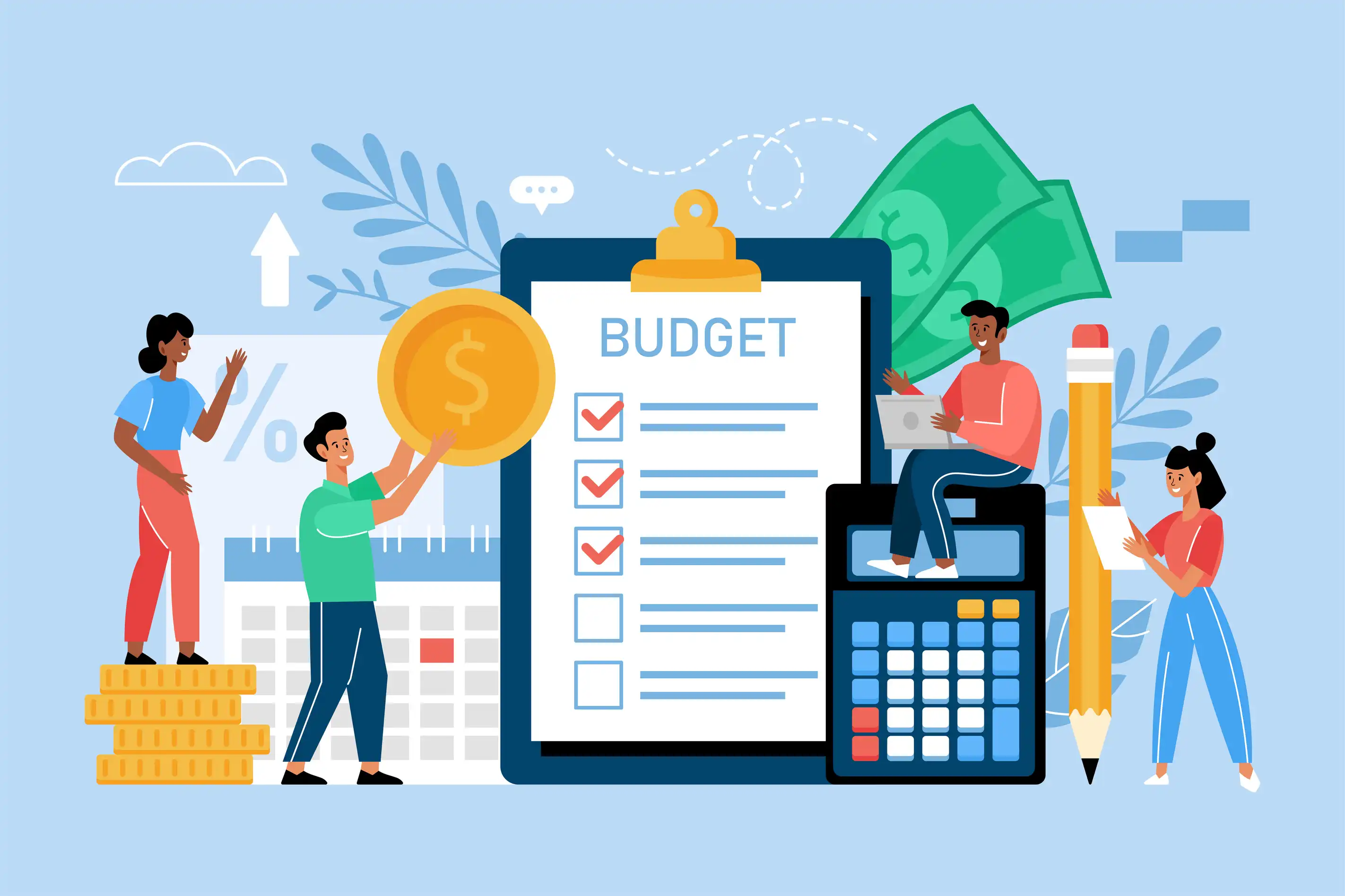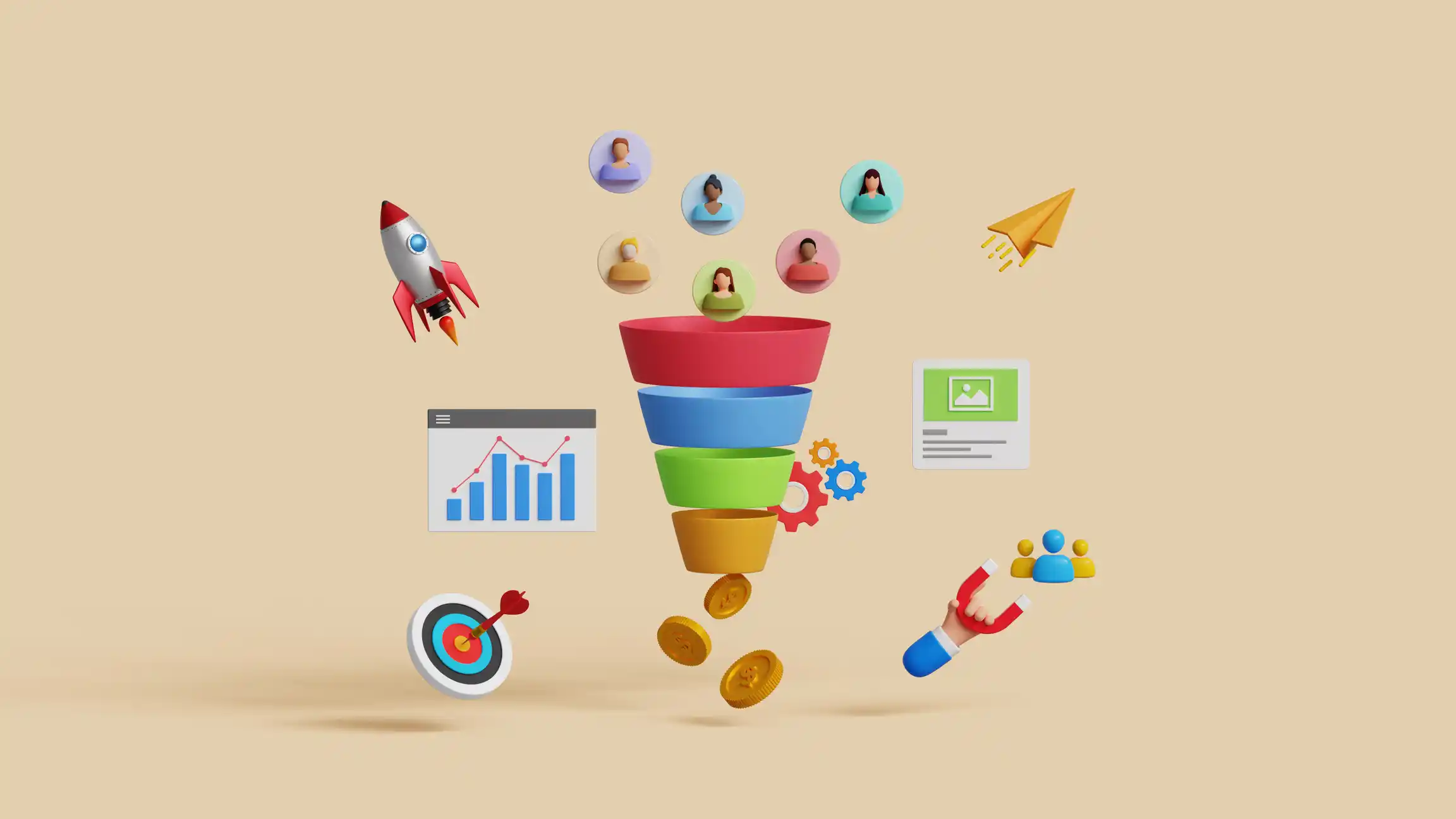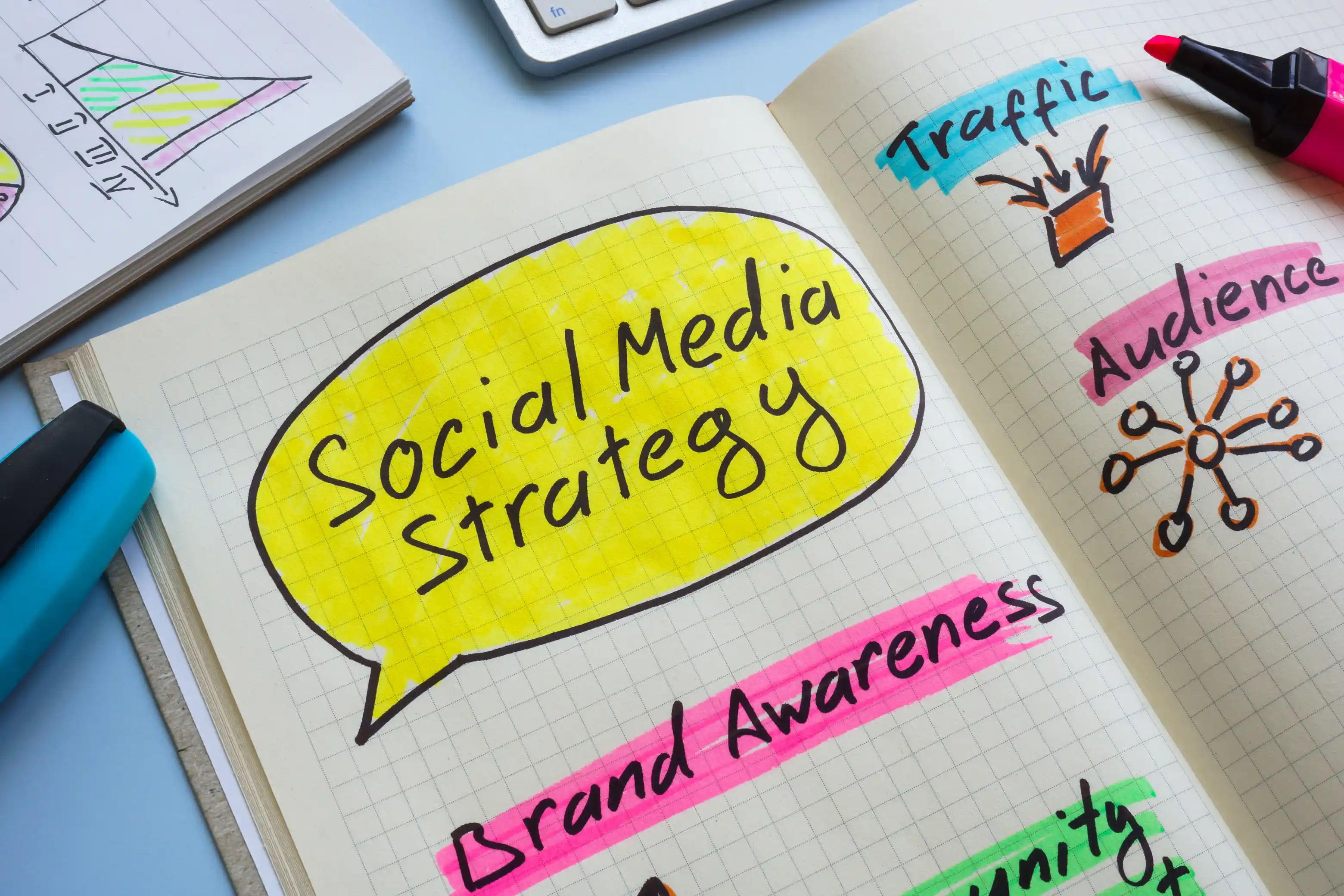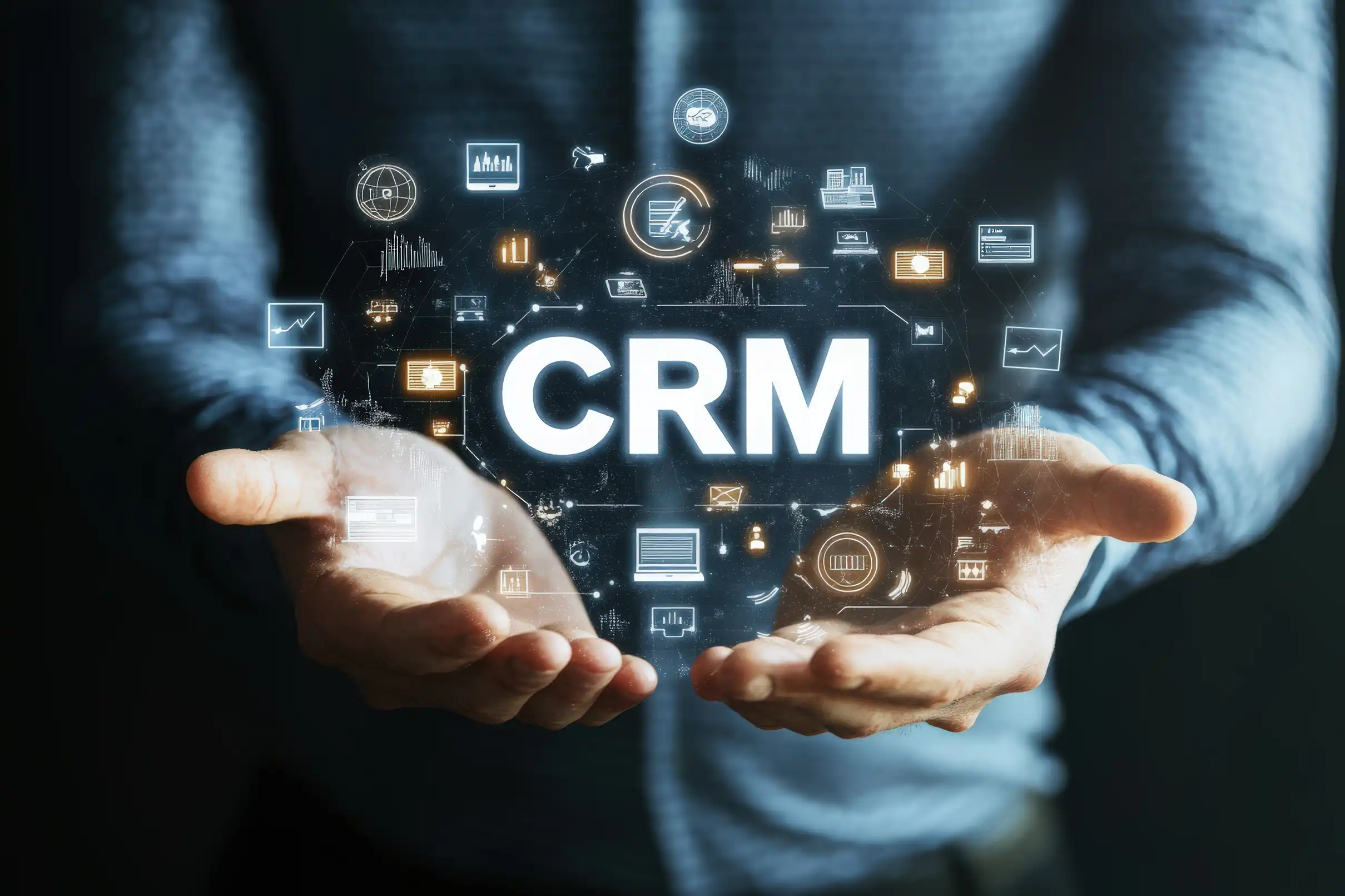Create Your Effective Personalization Strategy
Yes, you can use HubSpot to personalize sales messaging on any standard or custom properties (the various data points you collect on contacts). But an effective personalization strategy doesn’t just mean greeting somebody through email by name. It may have been disruptive fifteen years ago, but the modern consumer is both tech and data-savvy.
Modern personalization means sending relevant messaging in a timely fashion using the right language, tone, and subject matter.
Imagine this: receiving an email greeting you by name. Nice, but you’ve already had four others doing the same that morning alone. You can spot an automated email by now.
But what about four weeks before the renewal for your company-wide HR software is up for review, you receive a timely message specific to your HR management problem?
The power of personalization can be shown by the following example: You’ve started a small business in the last 6 months, and you receive a persuasive message from an invoice management software vendor on the perils of not completing your tax returns in time?
You want your prospects to feel a sense of serendipity. Ultimately, we know it was effective CRM management because you created a HubSpot workflow to message either HR managers one month before their next renewal date or small business owners who’ve set up shop in the last year. But prospects will feel a connection with your brand because the message is aimed at their needs at the right time.
Where contextualizing ends and personalization starts can be a gray area, so it’s probably easier to think of it like this:
Segmentation – to whom do we want to speak?
Contextualization – what are we going to say?
Personalization – how are we going to say it?
Contextualization ensures you don’t torpedo a conversion by going too hard too soon, but personalization ensures the prospect feels you’re speaking directly to them at the time they’re most likely to want to hear your message.
Contextual communications should be personal without being too intensely personal that it comes across as overbearing. Clients want personalized information that feels helpful and offers value when they need it.
Use custom properties to gather company-specific information on your leads
HubSpot comes ready-packed with a host of data points you can collect on each prospect. Ranging from name and address right through to how many emails they’ve opened, HubSpot can help you build a better understanding of both groups and individuals.
But because HubSpot must cater for everything from SaaS consultancies to animal feed suppliers, we’re limited in the universal properties we build. Not every customer is going to need the average weight of a Nebraskan dairy herd, right?
But with custom properties, you can build bespoke data points specific to your needs.
Your CRM is your growth engine
As long as you keep your CRM data clean and easy to access, you’ll be able to drive more sales and delight more customers.
Segmenting your audience means you can narrow down exactly which groups of prospects you want to target to ensure you get the right message.
Contextualizing your messaging by matching it to a specific point in your prospect’s journey allows you to boost funnel conversions at every stage.
Personalizing your messaging means treating your prospects as real people so they trust and respect your brand. So, show your prospects that they matter by understanding their pain points and providing helpful information and solutions to their problems when they need it.
The CRM triggers that can power hyper-personalized communications
Your CRM is packed with useful demographic data that you can use to personalize your communications but using activity and engagement data to send out timely messaging could be the difference between a personal email and hyper-personalized messaging.
Triggers for timely communication
- Use page tracking to provide individual recommendations
- By knowing which pages a contact has visited you will be able to offer specific recommendations to contacts that are tailored to their needs. Think of this as remarketing for emails.
- Use deal stages to trigger customized bots on pages to help drive sales
- Use deal stages to trigger a bot to appear to prospects who are in a specific deal stage. Having a bot that is tailored to the stages of the buyer’s journey you can answer questions that buyers need at the right time.
- Use known dates to trigger personal messaging
- Send out a birthday email, anniversary mail, or even a mail about a customer’s renewal date. These timely messages will help you engage with prospects and customers using the information you have gathered.
- Use workflows to delay actions until a contact responds/performs an action
- In workflows, you can delay actions until a contact has completed an action, like visiting a web page or completing a form. The advantage of this is that you can wait till a buyer is engaged with you before you send them an email. This will allow you to align with buyers in real-time.
Turn your entire CRM into a marketing machine by sending out the right message to the right people at the right time.
Applying any or all these ideas will undoubtedly drive more revenue through your business in a sustainable, cost-effective way. By using the simple but powerful and effective toolset from HubSpot you can build deeply personal and contextual campaigns at scale.
To learn more about CRM-powered marketing, download our Ultimate Guide to CRM-Powered Marketing ebook.
Source: HubSpot
Blog Last Updated on 2 years by New Path Digital






